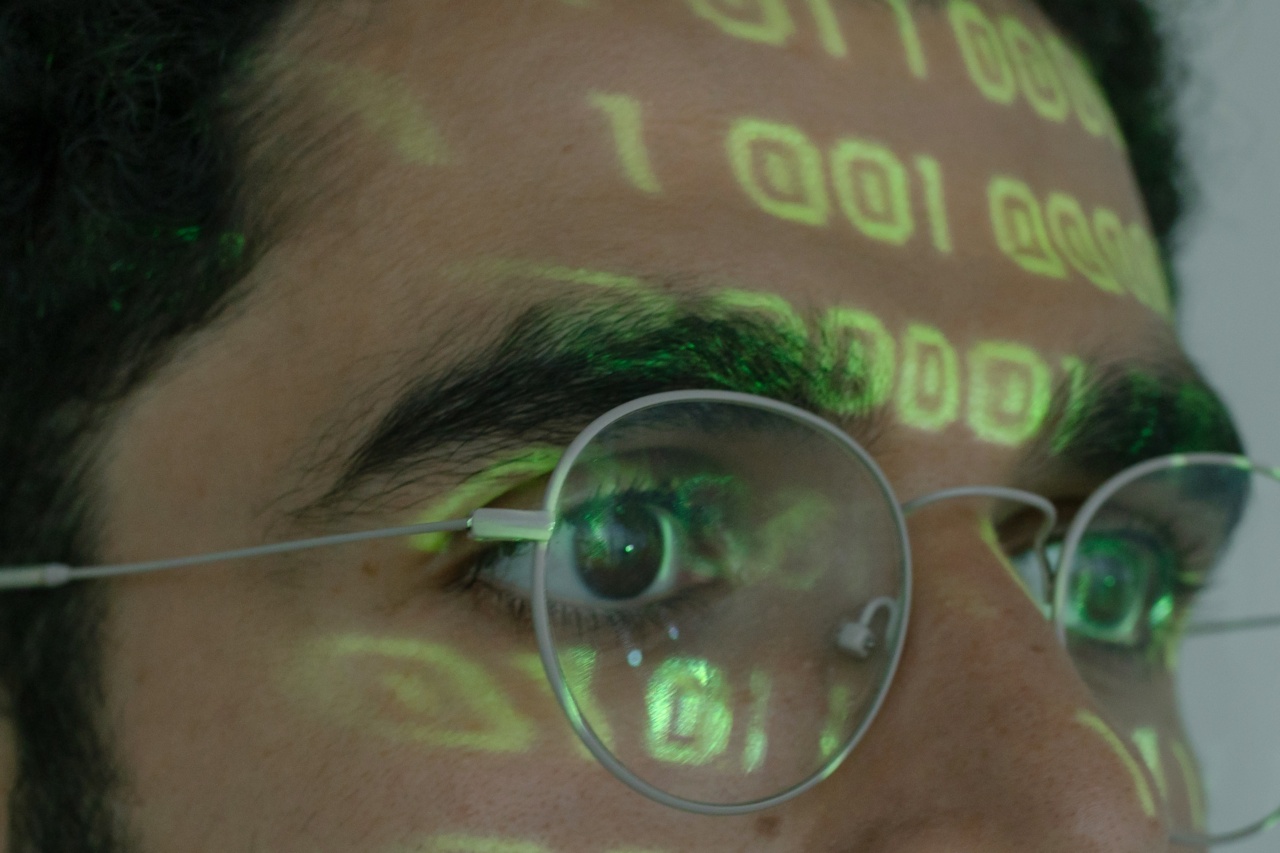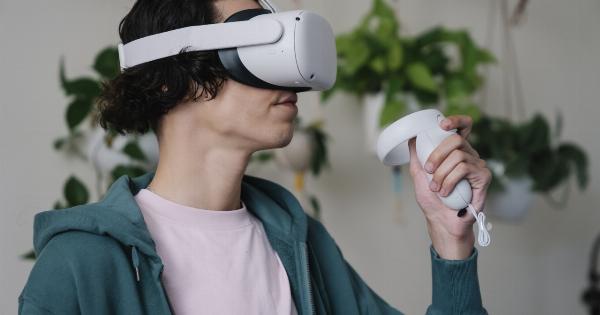Tetris is one of the most iconic video games of all time. The game’s simple, addictive gameplay has enthralled players for decades.
But did you know that playing Tetris can also improve your eye function? In this article, we’ll explore the science behind Tetris and its host of eye-related benefits.
What is Tetris?
For those who haven’t played, Tetris is a video game in which players use tetromino-shaped blocks to fill horizontal lines. As the game progresses, the blocks fall faster and the player must strategize to fit them into the available space.
The game was first released in 1984 and has since become a cultural touchstone, inspiring everything from songs to movies.
The Science Behind Tetris and Better Eye Function
Recent studies have suggested that playing Tetris can have a number of different positive effects on your vision. Here are just a few of the benefits of playing Tetris:.
Improved Contrast Sensitivity
Contrast sensitivity is our ability to distinguish between different levels of brightness. It’s an important aspect of vision that plays a key role in driving, reading, and other daily activities.
A 2009 study published in the journal “BMC Ophthalmology” found that playing Tetris for just 30 minutes a day can improve contrast sensitivity by up to 20%. This is due in part to the game’s use of high-contrast colors, which can help to better train your eyes in detecting differences in brightness.
Reduced Risk of Lazy Eye
Amblyopia, more commonly known as lazy eye, is a condition that occurs when one eye doesn’t receive enough visual stimulation during childhood. This results in that eye becoming weaker and less able to send clear images to the brain.
However, a 2013 study published in “Current Biology” found that playing Tetris can help treat lazy eye in adults. The researchers speculate that this is because the game forces players to fully utilize all aspects of their vision, including the weaker eye.
Increased Brain Activity
Playing Tetris can also stimulate the brain in new ways, leading to increased connectivity and activity. A 2012 study published in the journal “PLoS One” found that playing Tetris led to increased gray matter in certain areas of the brain.
The researchers believe that this is due to the game’s requirement for spatial reasoning and attentional demands.
Reduced PTSD Symptoms
Post-traumatic stress disorder (PTSD) is a mental health condition that can occur after a traumatic event. Some research suggests that playing Tetris can help reduce the symptoms of PTSD.
A 2011 study published in the journal “PLOS One” found that playing Tetris can help to reduce the number of intrusive memories associated with a traumatic event. The researchers believe that this is because the game’s mental demands interfere with the brain’s consolidation of intrusive memories.
Improved Eye-Hand Coordination
One of the most basic benefits of playing Tetris is the improvement of eye-hand coordination. Since the game requires rapid reactions and precise movements, playing it can help to improve your ability to coordinate your eyes and hands in daily life.
Conclusion
It’s amazing to think about all of the positive effects that playing Tetris can have on your vision. From improved contrast sensitivity to reduced PTSD symptoms, this classic video game is truly a wonder.
Whether you’re a long-time fan or a new player, there’s no denying the importance of Tetris in the world of gaming and beyond.


























